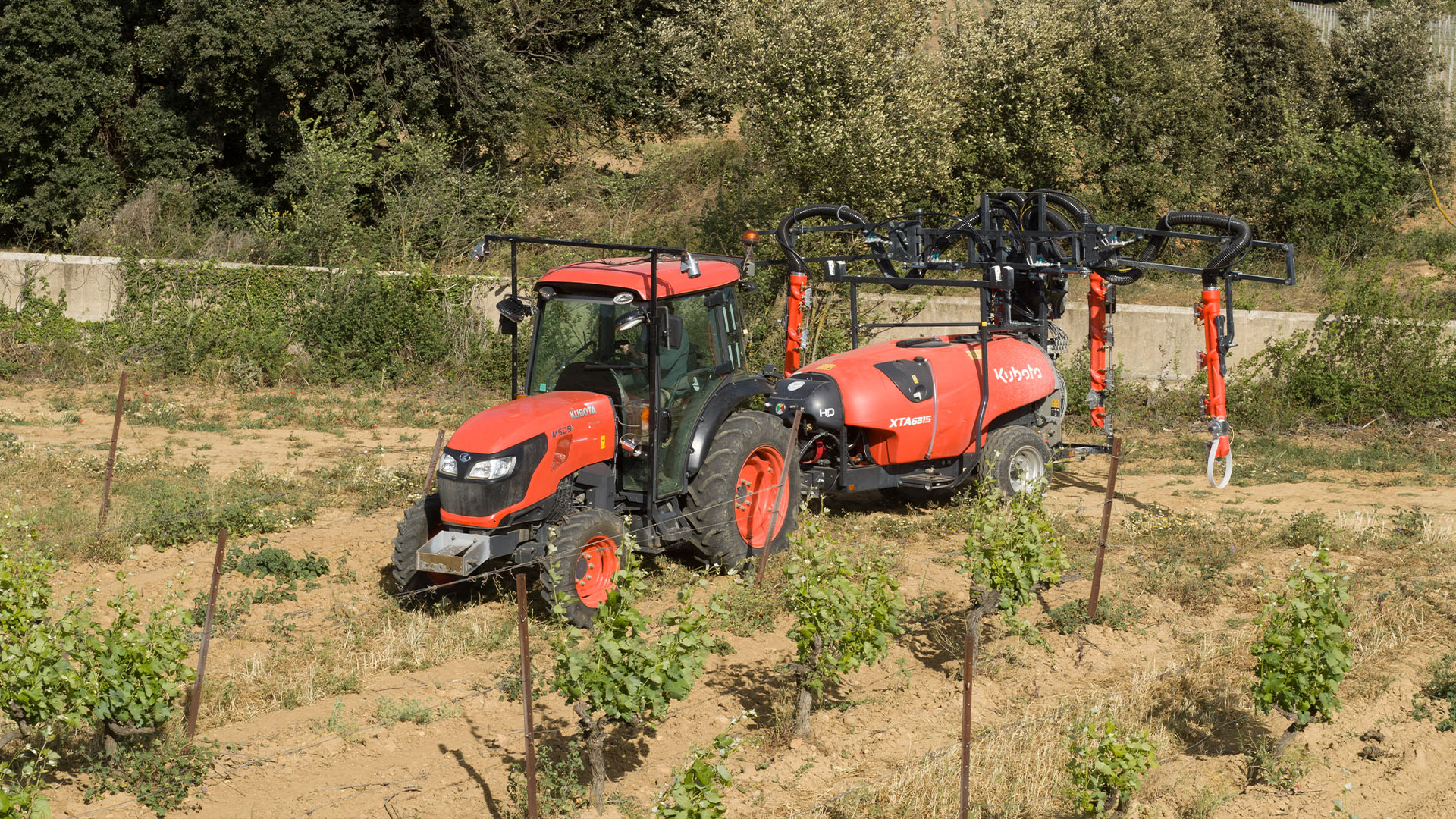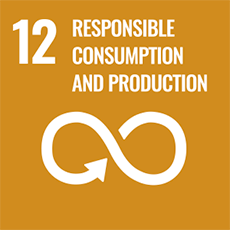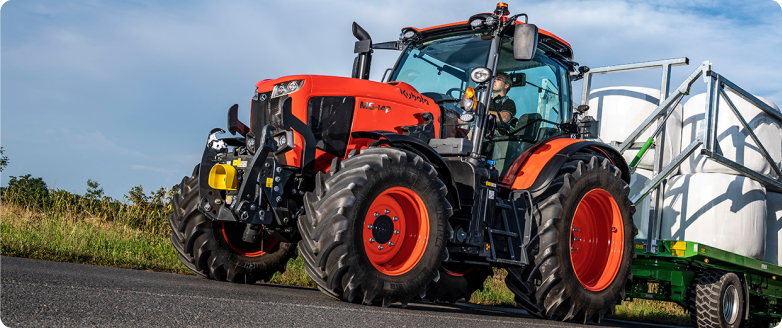
Optimizing taste and harvest
The Challenge
How can we increase vineyard farming profits and tackle vine growth needs while protecting the environment?
As the environment and climate changes and supply of labour decrease, managing vine health and grape yields is becoming increasingly costly and time consuming. Furthermore, achieving a better wine tasting experience starts in the vineyard cultivation process, where quality and yield are key to manage production and customer demands. How can vine growers address these agricultural challenges today?
Solution
A vision of healthy vineyards
Combining crop sensing and state of the art monitoring technology is the best way for precision faming in vineyards.
Vine growers can take advantage of emerging technologies such as GPS and digital maps, AI, robotics and autonomous equipment to enhance vine health and improve crop quality.
An excellent approach which combines devices such as embedded GPS signals, sensors, mapping and AI-based monitoring, bringing precise vine care and prescriptive treatment possibilities.
With these components, farmers enhance their vine analysis and management via a more comprehensive crop view, enabling to assess the individual needs of every single vine tree.
Vine mapping with embedded sensors and AI devices
In conjunction with Chouette, a French agriculture startup developing “vine intelligence services”, Kubota has come up with an innovative solution for precision farming in vineyards: an integrated system using embedded sensor networks mounted on tractors that enable AI analysis and improve decisions for substantial vine care, increasing yields and quality, balancing the crop growth and use of inputs. With the help of Chouette device technology, regular and agricultural surveillance is now available.
Take disease control, for example. During summer and flowering, climate conditions such as high temperatures and humidity can enhance the imminent presence of diseases such as mildew or oidium. With precise vine management, early stage diseases can now be detected via the embedded sensors on tractors, and disease maps can be created. These can be digitally assessed as prescription maps for chemical or organic treatments of specific vine trees only, making the process faster and more efficient.
In trials conducted by Kubota and Chouette since 2021, disease maps created with this smart solution enabled the farmer to attain full knowledge and control over which trees required more and less crop care products, optimizing their usage.

Precise crop care with embedded sensing and automation
Kubota & Chouette | Prototype - Variable rate spraying based on disease intensity detection (sensor)
Early imaging for vine health
Trials conducted by Kubota and Chouette in a vineyard in 2021-2022 enabled real-time high-resolution early stage disease detection and the reduction of crop care products. Working with camera sensors and other critical applications allowed for a more targeted crop care control and a decrease in overall power consumption. Furthermore, the collected data made it possible for the vine grower to control the disease spread while saving up to 40% of chemicals sprayed on the entire vineyard*.
*depending on plot heterogeneity and crop vigor conditions
1. Decrease inputs usage
2. Detect early stage diseases
3. Sustain production
The advantages of such advanced systems are obvious. Being able to achieve a comprehensive diagnosis of all aspects of a vineyard offers multiple benefits to the vine grower, as well as everyone else in the value chain. The amount of labor required and its difficulty can be substantially reduced. Being able to pinpoint the application of inputs such as fertilizers and crop care products means that only the necessary amount of these inputs are needed for optimum vine maintenance, which is better for the environment and helps in promoting wild plants and biodiversity. Moreover, greater yields and quality means better consumer products and taste. Companies such as Kubota and Chouette, at the vanguard of smart farming, are coming up with increasingly beneficial solutions to vine growers of today.
4. Decrease usage of chemicals
5. Savings on labour costs
6. Better crop yields and quality
Benefits
What are the benefits of embedded and integrated crop sensing in vineyards?
Embedded sensors enable mapping, disease diagnosis and prescriptive treatment
Enhances potential of digitization, AI, robotics and automation
Increases efficiency, optimizes use of inputs, reduces labor requirements and protects the environment
People
Voices from the Kubota Community
"Each decision-making about spraying is important as fertilizers and such represent a significant cost for me, I need tools to localize the diseases control while being able to spray locally and decrease the usage of chemicals. The Chouette agricultural solution is also interesting because I can use the cloud-based data even to make sure that the plot was sprayed properly. Without the Chouette sensing technology, you are not able to see potential mistakes that need to be fixed. With Chouette, I‘m sure of both the quality and the dosage sprayed in my vineyard."
Anthony collected data signals from his own vineyard via embedded actuator systems on the Kubota tractor each time he entered the grounds with the machine, receiving data-driven early diseases detection from the Chouette platform. During the cultivation period, the wine grower created prescription maps according to Chouette’s real-time analysis to apply within VRA-ready agriculture equipment and treat his vines in a more precise manner.
Anthony thinks that such technologies have vast benefits in precision agriculture. Besides saving 20-40% on chemicals, he says the solution can not only have a lasting environmental impact, but also might be a help in attracting or retaining trained and skilled workers such as the tractors’ drivers by stimulating their interest.
According to Anthony, sensing technology proves also being an effective tool to communicate a wine grower’s practices and efforts, improving the relationship with his neighbors in Bordeaux.
UN Sustainable
Development Goals
The Great Plains Implement Command System contributes to the UN Sustainable Development Goals of achieving zero hunger, promoting industry, ensuring sustainable development and protecting life on land.




Get in Touch with Kubota

